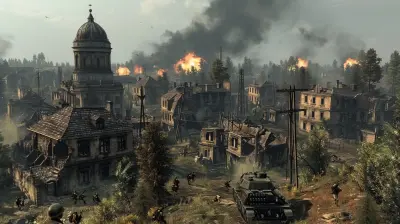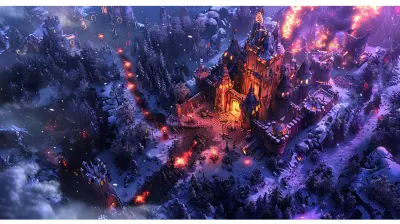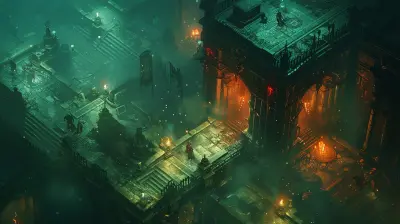How Indie Games Push the Boundaries of Visual Style
16 October 2025
When you think about gaming eye candy, your mind probably jumps straight to blockbuster titles like The Last of Us or Cyberpunk 2077, right? I mean, who could ignore those cinematic cutscenes and hyper-detailed characters?
But here's the twist — some of the most mind-blowing visual experiences aren’t coming from multi-million dollar studios. Nope. They’re coming from small, scrappy teams (and sometimes solo devs) working out of coffee shops and spare bedrooms. Indie games are rewriting the rules of visual storytelling — one pixel, polygon, or paint stroke at a time.
So what’s their secret sauce? How do indie games push the boundaries of visual style in ways big studios often don’t (or can't)? Settle in, friend — you’re about to find out.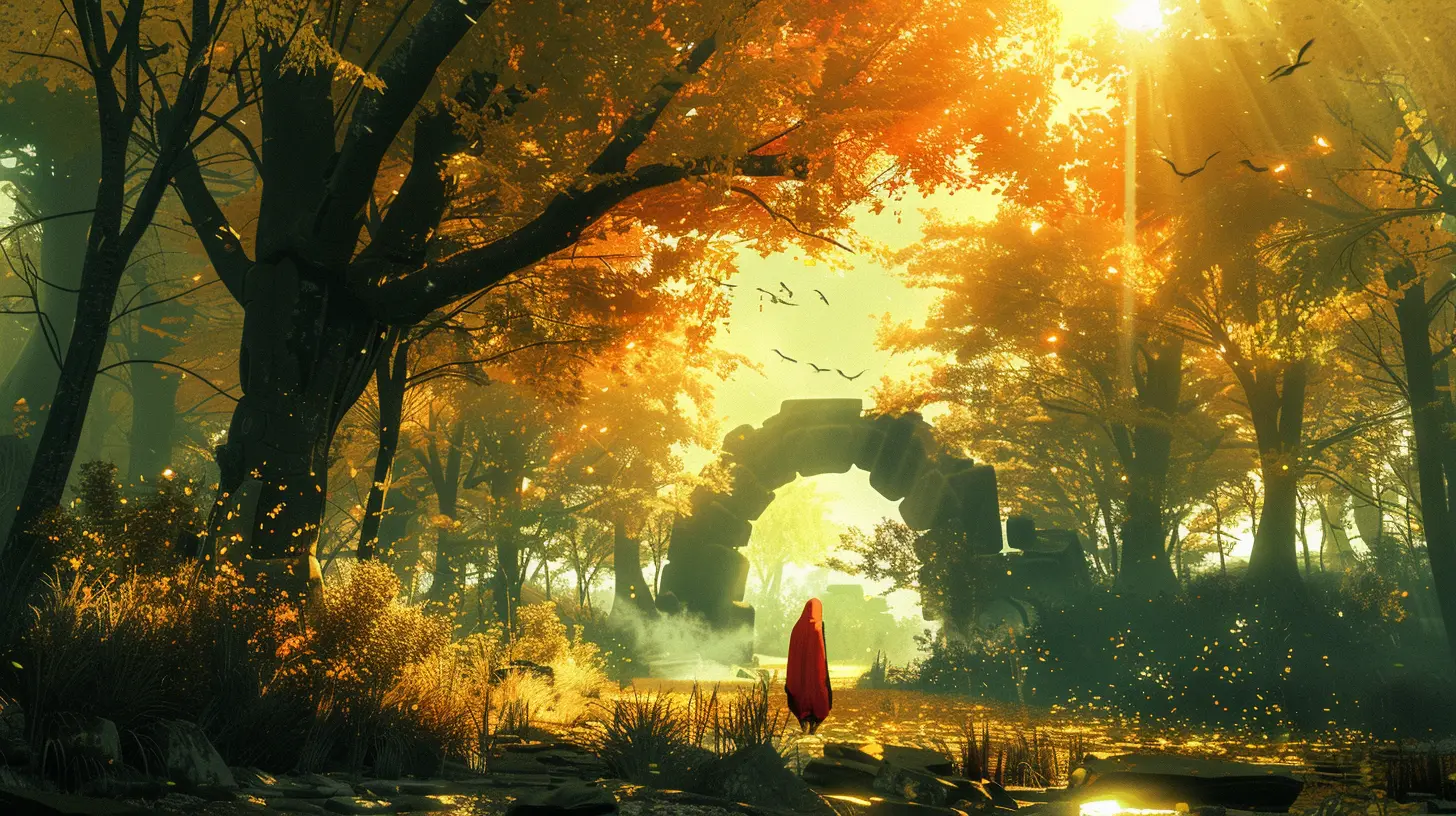
The Freedom to Be Fearless
Let’s be real: AAA studios have a lot riding on their games. We're talking giant budgets, investor pressure, and millions of eyeballs expecting a certain look. That means those studios often play it safe visually. Realism reigns supreme — it's what sells.Indie devs? They’re the rebels of the gaming world. No suits breathing down their neck, no focus groups telling them what color palette "tests well." That freedom opens the floodgates for visual experimentation.
Think about the hand-drawn melancholy of Hollow Knight, the trippy, painterly explosions of Hyper Light Drifter, or the minimalist brilliance of Thomas Was Alone. These aren't just artistic styles. They're statements.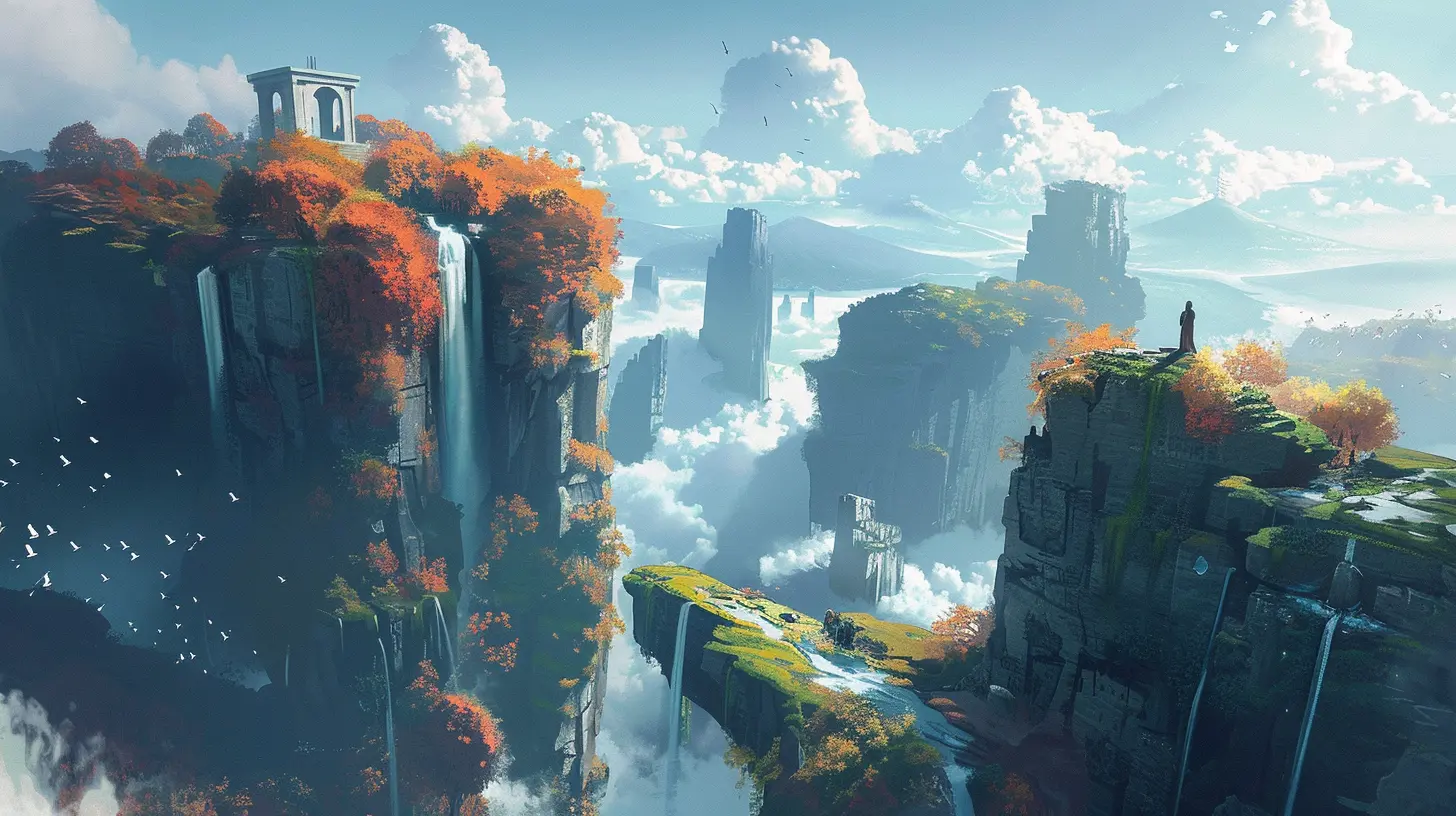
Pixels, Paint, and Polygons That Break the Rules
We’re used to judging a game’s graphics by how “real” they look — shadows that bend the right way, shimmer on water, pores on a character’s face. Indie games? They flip that idea on its head.Sometimes, less is more. Other times, weird is better than beautiful.
Let’s dive into some of the ways indie games push visual boundaries:
1. Embracing Nostalgia and Reinventing It
Retro visuals aren’t just about playing the nostalgia card. Indie devs use pixel art, CRT filters, and chiptune aesthetics to set a mood — whether it’s eerie, charming, or haunting.But they don’t stop there. Games like Celeste and Undertale take old-school styles and reimagine them with modern lighting tricks, fluid animation, and bold color work. It’s like looking at your childhood but through a kaleidoscope lens.
2. Hand-Drawn Magic
There’s something undeniably human about hand-drawn visuals. They’re imperfect. They’re expressive. And they carry a kind of emotional weight that 3D renders sometimes miss.Games like Cuphead — inspired by 1930s rubber-hose cartoons — made headlines because nobody had ever seen a game that looked like a vintage TV show. Every frame was hand-inked and hand-painted. Yep, that’s thousands of hours of work.
Same goes for Gris, a gorgeous watercolor game that feels like you’re walking through a dream painted by Monet. These are games where art and mechanics become one.
3. Stylization Over Realism
Realistic visuals can be stunning, but they’re also predictable — we know what skin, trees, and skies “should” look like. But what if they didn’t?Indie games often ditch realism entirely for bold stylization. Think Journey and its shimmering sand dunes or Sable with its Moebius-inspired line art.
These visuals aren’t about mimicry — they’re about mood. Emotion. Imagination. They’re the visual equivalent of poetry.
4. Playing with Perspective and Space
Have you ever played a game that made you go, “Wait, what just happened?” That’s the magic of perspective.Indie developers love bending space. Games like Fez rotate 2D worlds in 3D space. Superliminal messes with perception and perspective so objects become huge or tiny based on how you look at them.
It’s not just a visual gimmick — it’s gameplay woven into visual design. That’s the kind of wild experimentation big studios rarely risk.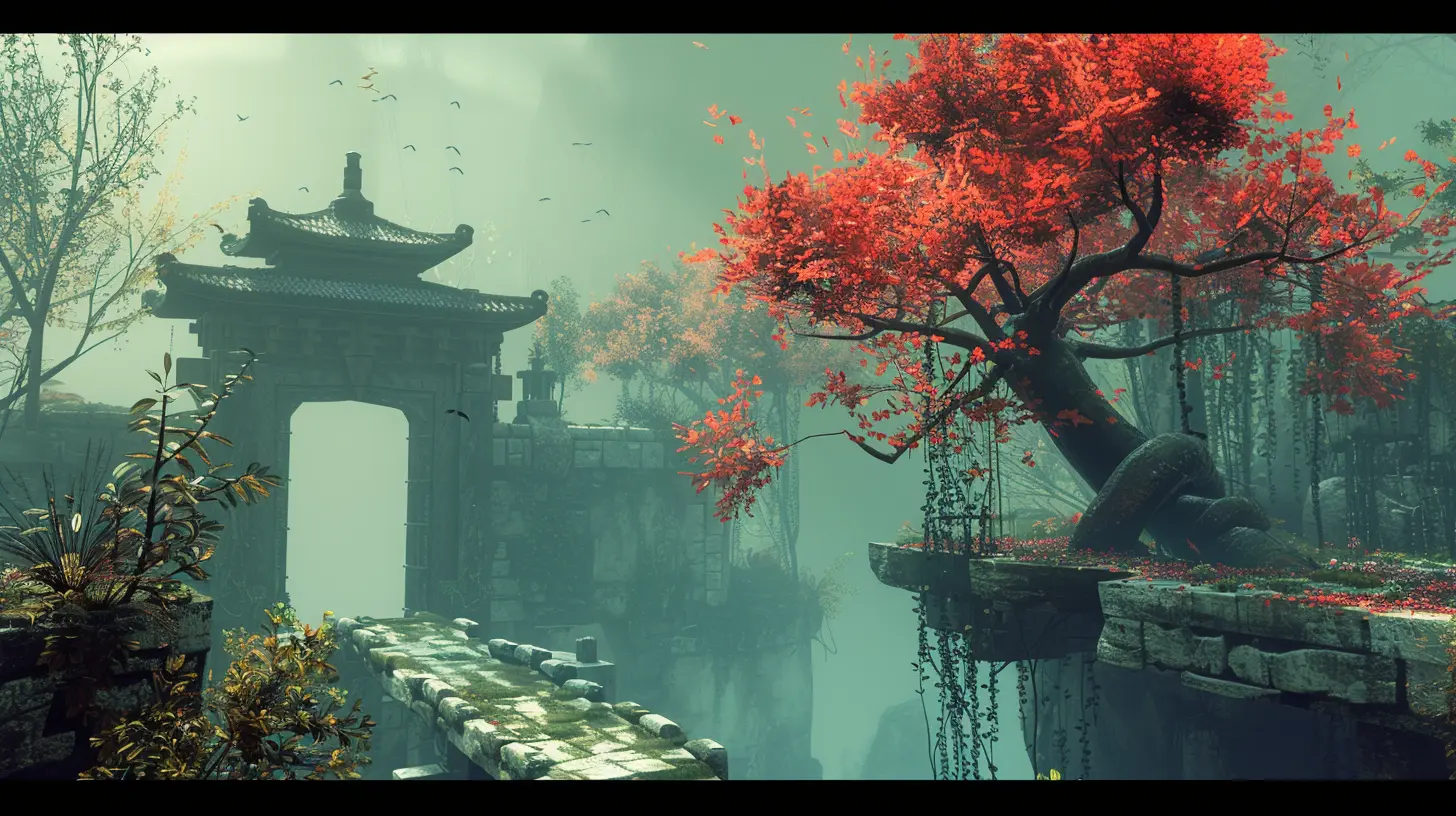
Art as Emotion, Not Just Decoration
Here’s a big one: indie games often use visual style to say something — to evoke a feeling, tell a story, or represent emotion. Their graphics aren’t just there to look good; they’re there to mean something.Take Limbo, with its black-and-white silhouette world. The absence of color isn’t a limitation — it’s the story. It’s loneliness. It’s fear. It’s being small and fragile in a big, terrifying world.
Or Inside, a spiritual successor to Limbo, where oppressive environments and muted tones echo themes of control and conformity.
Even the color choices in a game like GRIS evolve with the character’s emotional journey. From washed-out grays to vibrant reds and greens, the visuals mirror grief, growth, and healing. It’s like a mood ring you can play.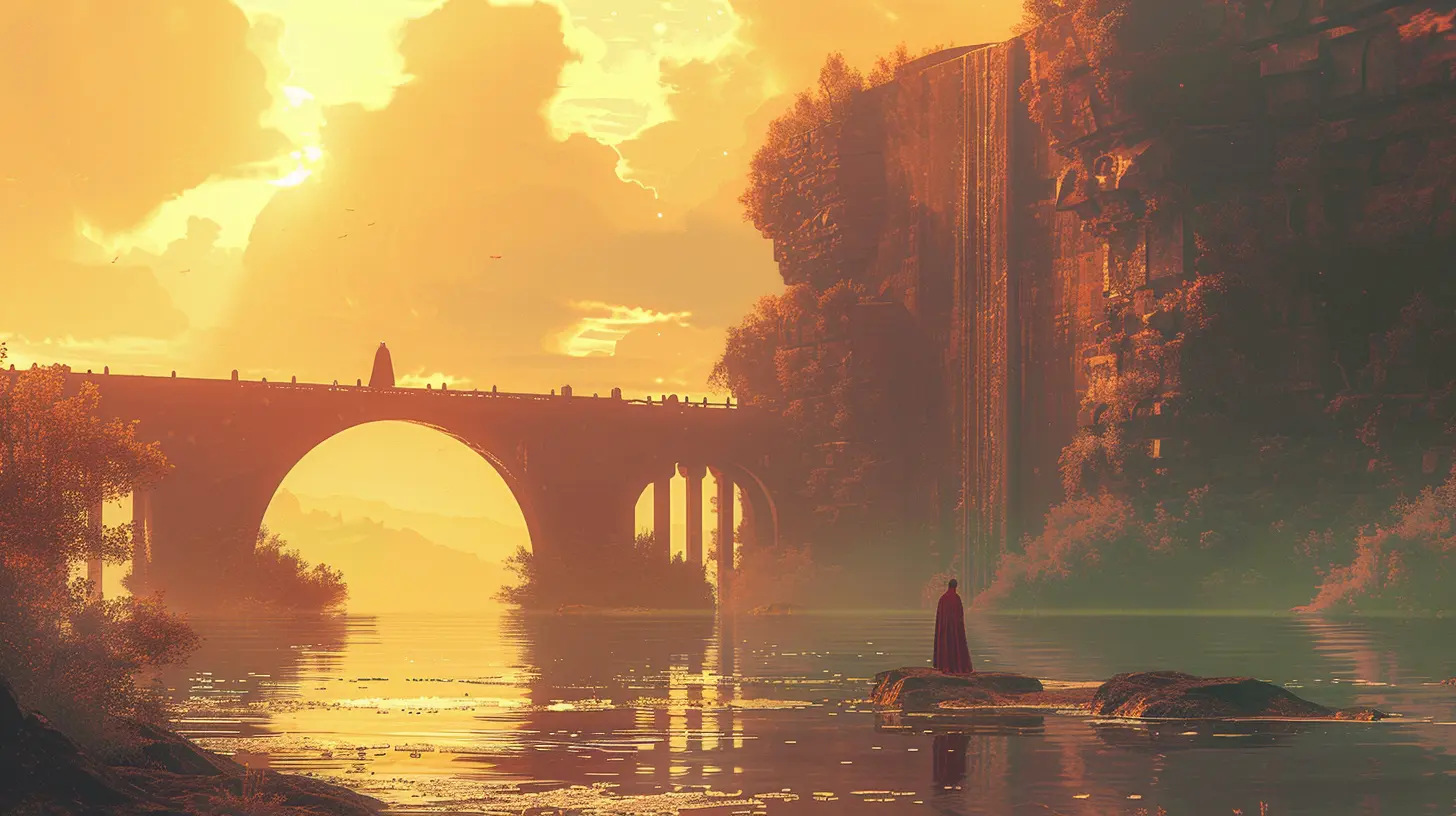
Constraints Fuel Creativity
There’s an ironic beauty in limitation. When indie devs don’t have massive teams or bottomless budgets, they get scrappy. And that scrappiness often leads to genius.Can't create hyper-realistic models? Embrace minimalism. Don’t have top-tier motion capture? Animate it with charm and character.
Papers, Please is essentially a game about checking documents. Not sexy on paper, right? But its cold, Soviet-inspired UI, lo-fi graphics, and visual tension make it one of the most unique and emotionally charged games out there.
Indie devs often turn their constraints into features — and that breeds originality.
Breaking Genre Expectations Visually
Another area where indie games shake things up? Genre visuals.Who said horror has to be dark and gory? Little Misfortune uses a cute, storybook aesthetic... and then darkens it with messed-up, adult themes. That contrast hits way harder than just slathering everything in blood.
Roguelikes like Dead Cells mix gritty, chunky pixel art with fluid, modern lighting systems. It’s genre-bending, and it works.
Even puzzle games — usually known for clean, no-nonsense designs — get wild in the indie scene. The Witness looks like a surreal island paradise straight out of a dream.
The Rise of Procedural Art and AI
Indie devs don’t shy away from tech either. Many embrace procedural generation in their visuals — using algorithms to create unique environments on the fly.Games like No Man’s Sky (which started as an indie project) built infinite worlds through procedural modeling. Sure, it had a rocky start, but visually? Vast. Alien. Limitless.
Meanwhile, tools like AI-assisted animation and generative art are starting to creep into the indie workflow, opening even more doors for visual storytelling.
Community Input and Modding
One thing that’s super cool about indie games is how close the devs often are to their communities. They hang out in Discord servers, share dev logs, and prototype ideas out in the open. You can't buy that kind of grassroots feedback.It usually means visuals evolve with the community’s input. Some indie titles even actively support modding — giving players the creative keys to the castle, and embracing reinterpretation of the game’s visuals.
That kind of co-creation? It's next-level.
Visual Identity Means Standing Out
In a world flooded with games, indie devs know that having a strong visual identity can be the difference between getting noticed or getting buried.Let’s face it: scrolling through Steam, you're not combing through feature lists — you're checking out screenshots and trailers. If a game looks different? You pause. You click. That’s the hook.
Visual style isn't just a design choice — it's a marketing strategy.
Not Just Eye Candy — It’s the Soul of the Game
Here’s the big takeaway: when indie devs mess with visual style, they’re not just chasing aesthetics. They're crafting identity. They're telling stories without words. They're amplifying gameplay through art.It’s like music. A melody on its own is nice, but when you layer in the right instruments and rhythm, it becomes a song you feel in your bones.
That’s what great visual design does in indie games — it makes you feel something. And isn’t that what art’s all about?
Final Thoughts: The Future Is Beautiful (and Weird)
If you ask me, the visual future of gaming isn't just in ray tracing and 4K textures. It’s in watercolor worlds, pixelated dreams, surreal mechanics, and art styles we haven’t even imagined yet.Indie games are the heartbeat of this movement. They’re fearless. Quirky. Bold. And they’re just getting started.
So next time you’re browsing for a new game to play? Don’t just look at the big-budget headliners. Peek into the indie corners. That’s where you’ll find the true visual pioneers.
You’ll be amazed at how far games can go — when someone dares to color outside the lines.
all images in this post were generated using AI tools
Category:
Game GraphicsAuthor:

Pascal Jennings
Discussion
rate this article
1 comments
Isla McFee
Indie games are redefining visual aesthetics by embracing unique art styles and innovative techniques. Their creative freedom fosters experimentation, allowing developers to craft visually striking worlds that challenge conventional norms and enrich the gaming experience.
October 26, 2025 at 3:37 AM

Pascal Jennings
Absolutely! Indie games are indeed pushing visual boundaries by blending unique art styles with innovative techniques, leading to richer and more diverse gaming experiences.
